A family wedding in Belfast took us there in the first week of June and we variously visited several locations to make it a holiday too.
The Tropical Ravine is situated in Belfast's beautiful Botanic Gardens at Queen's University. It opened in 1889 having replaced the original orchid and propagating houses. At that time, it was called The Tropical Glen, later called the Tropical Ravine.
Since its restoration, I have wanted to visit but lockdowns have prevented it until this month. It is a small exhibit but well worth a visit. It probably takes about half an hour to visit but the rest of the Botanic Gardens are worth a visit too, as is the Ulster Museum also on-site!
A link to Belfast's Botanic Gardens is here in the sidebar!
The best thing for me in the Restoration is the huge attention paid to period detail and the use of authentic 19th Century plants.


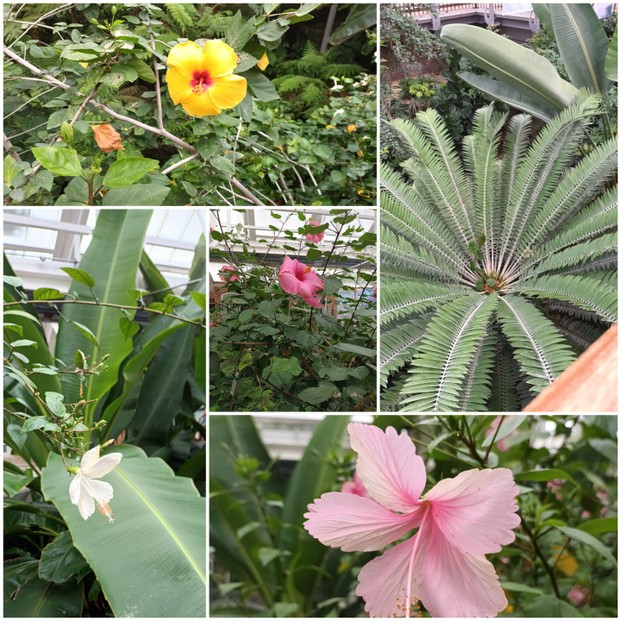
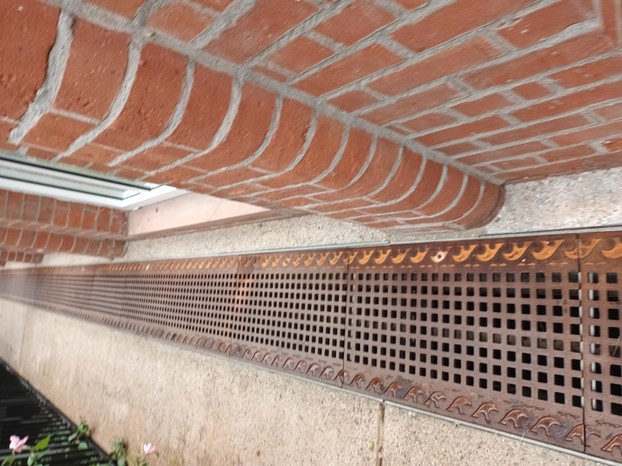
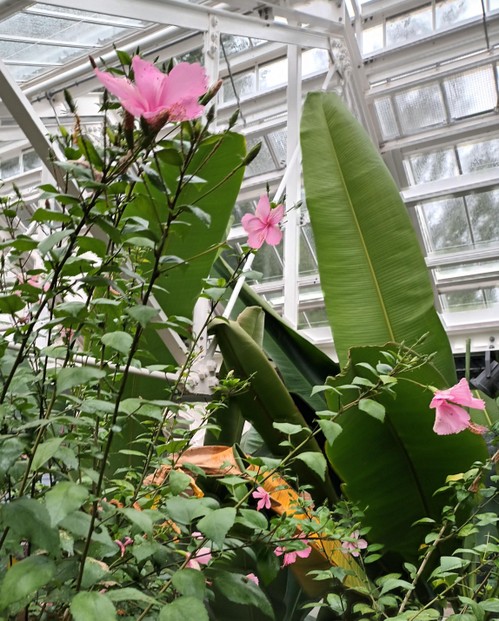
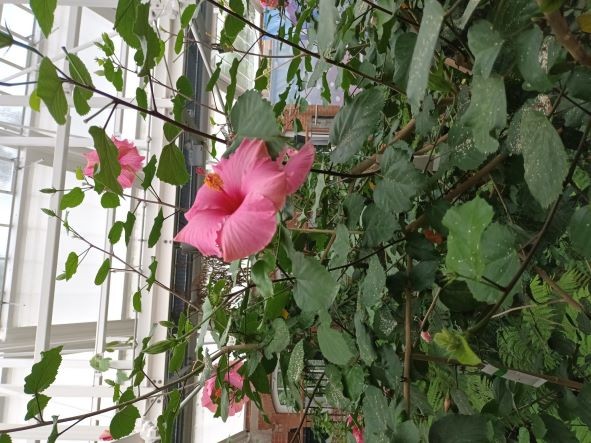
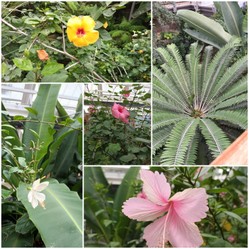

 Blarney Castle and Gardens, County Corkon 06/01/2023
Blarney Castle and Gardens, County Corkon 06/01/2023
 An Cóbh, Corcaigh, Eireon 05/29/2023
An Cóbh, Corcaigh, Eireon 05/29/2023
 Dublin ; The Book of Kellson 04/04/2023
Dublin ; The Book of Kellson 04/04/2023
 The Bee Tree Community CIC;- an online support communityon 08/24/2022
The Bee Tree Community CIC;- an online support communityon 08/24/2022
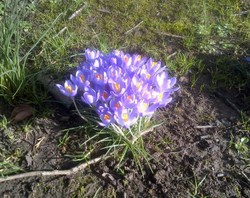

Comments
My big bro is our family genius.
Thank you for your comment below, on Jul 15, 2022, in answer to my previous observation Jun 29, 2022.
Your answer in the box immediately below describes John Templeton as "a very unassuming gentleman who did not particularly push himself forwards for attention. He was happy staying mostly in Ireland ( well who would not be ? :) )."
That description fits with what you mention in Belfast, Ireland: Botanical Gardens and with what Frank notes in Rosa Hibernica, the Irish Rose.
What would be more better -- ;-D -- than a wizzley trio about an Irish plant scientist, an Irish rose and two Irish places?
Derdriu
I apologise for the tardy response. I had not seen the post .
John Templeton was a very unassuming gentleman who did not particularly push himself forwards for attention. He was happy staying mostly in Ireland ( well who would not be ? :) )
Thank you for your comments.
Thank you, Frank!
It's most elucidating that you not only figure out the value but that you relate it in such sobering terms as average wages, lower in Ireland and Scotland, higher in England, and as what a woman averagely earned from one year's work.
It's nice to know that John Templeton was appreciated financially -- and hopefully professionally and socially -- for his discovery back then and that he still is today, what with the Templeton rose and the Tropical ravine wizzleys!
Very clever reasoning. You are a star.
It is hard to specify the value of five guineas in 1802,but I have pored over some on-line figures and have found that in the eighteenth century in England, which won't be very different from 1802, an average worker might take home fifteen shillings a week. There were twenty shillings in a pound and twenty one in a guinea. So five guineas is 105 shillings, so 105 divided by 15 is 7. It follows that 5 guineas was seven weeks earnings for an ordinary family. But wages in Scotland and Ireland were lower than they were in England, so Templeton's prize was worth more in relative terms than it would have been in England. The average earnings for a female worker was eight pounds a year., so five guineas was worth 105 divided by 160 of a woman's annual earnings, not far off two thirds of a woman's annual earnings.
Thank you, Frank and Veronica, for the most helpful information on the significance of payment in guineas and on their worth nowadays.
(Veronica, It turns out that the discovery was in 1802. An online source incorrectly wrote 1795. But most likely the difference would not be that much between what a guinea from that year and a guinea from seven years later, in 1802, would be worth nowadays, in 2022, right?)
TY
A guinea was worth one pound and one shilling, a shilling being twelve old pence,which was the equivalent of one pound and five new pence. Only the relatively rich dealt in guineas. Horse racing, a rich person's sport still deals in guineas.
Derdriu
£5 guineas would have been a substantial sum in 1795. Approx £2000 I guestimate, which would be approx $2500,00 today.